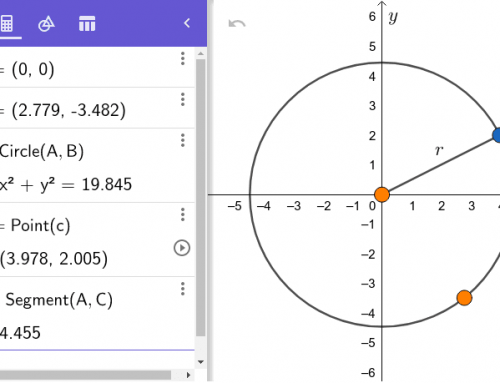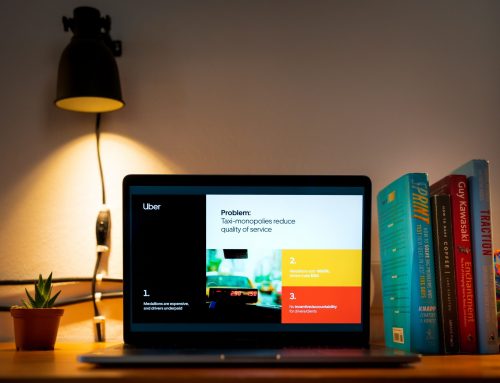Main subject: Science
related subject: Math, Science
Duration: 75 minutes.
Age groups: Age 12
Submitted by: Hanna Särkkä, Finland
Learning objectives:
The goal is to learn a) what energy is b) to create systems where energy transforms to an another form c) learn how to explain how energy is created and transformed to another form
Implemented digital tools:
Provide students with devices with internet connection. Also teacher needs a computer with internet connection (requires Java). and a data projector to show results.
Supported digital competence for student:
Information and data literacy, Communication and collaboration, Problem solving
Elaboration of the competences:
Information and data literacy is learned via studying with digital resources (simulations) Communication and collaboration is learned when presenting the simulations to other students. Problem solving is learned when creating students own energy systems.
Preparation:
Provide students with devices with internet connection. Also teacher needs a computer with internet connection and a data projector to show results. Students need to make notes, for example into their notebooks or alternatively into digital tools.
introduction
Present the goals of the lesson a) to learn what energy is b) learn to create systems where energy transforms to an another form c) learn how to explain how energy is created and transformed to another form Warming up and previous knowledge activation, discussion face to face. Ask students to describe what they know about energy. What is energy? Where does it come from? Is there different kinds of energies? Which kind of? Encourage students to activate their previous thinking by telling there is no right or wrong answers.
Implementation:
1 Introduction to energy (short teacher lesson) What energy is? Describe there is (at least) five kinds of energy: Thermal, mechanical, electrical, chemical and light energy. Give and discuss examples of these different energy forms. Give students opportunity to find out examples of different energy types. Discuss about energy changes. What happens when we first eat and then run? (Chemical energy transforms to another from to thermal and mechanical energy.) 2 Simulations of energy (teachers introduction) Open PhET- simulation Energy forms and changes (requires Java). https://phet.colorado.edu/en/simulation/energy-forms-and-changes Open Intro and tick energy symbols on. a) Discuss together what are the items on the simulation (bowl of water, bowl of oil, iron brick, tile brick, thermometer). Put iron brick into a bowl of water. Ask students to observe what happens with the energy symbols. Repeat this with the tile brick. b) Heat the iron brick and before putting it into a bowl of water and ask students to predict what will happen (tell this is a hypothesis). Ask students to observe and tell what happens with the energy symbols. c) Repeat point b but this time instead of heating, cool items. d) Discuss what happens to the energy of each item while cooled/heated. What is the energy form of this intro? 4 Open ”Systems” The aim is to a) Show how energy goes trough a system b) Show how the form of energy can change c) show that energy can run away (but never disappear). Put energy symbols on from the right top corner of the wiew. Repeat the forms of energy. Show how the system works by opening the water tab. Discuss how the system works. Water moves the wheel and the mechanical energy is transformed into an electrical and then again to thermal energy. At the result the water is heated. Point students attention to what happens with the energy symbols. Show how to change different items by tapping it. Discuss the names of these items. 5 Student work with systems Ask students to use this simulation and build up 5 different systems where the energy is transformed to another form. Ask students to describe and write these phases accurately to their memos. Give one example: When the tab is opened water moves the wheel and the mechanical energy is transformed into an electrical and then again to thermal energy. At the result the water is heated. 6 Presenting the students simulations Divide students into a pairs or small groups. Ask students to present one of the systems they build to a pair or to a small group.
Conclusion:
The goal was to learn a) what energy is b) to create systems where energy transforms in to an another form c) to explain how energy is created and transformed to another form Put your thumb up if you learned point a), b), c)




